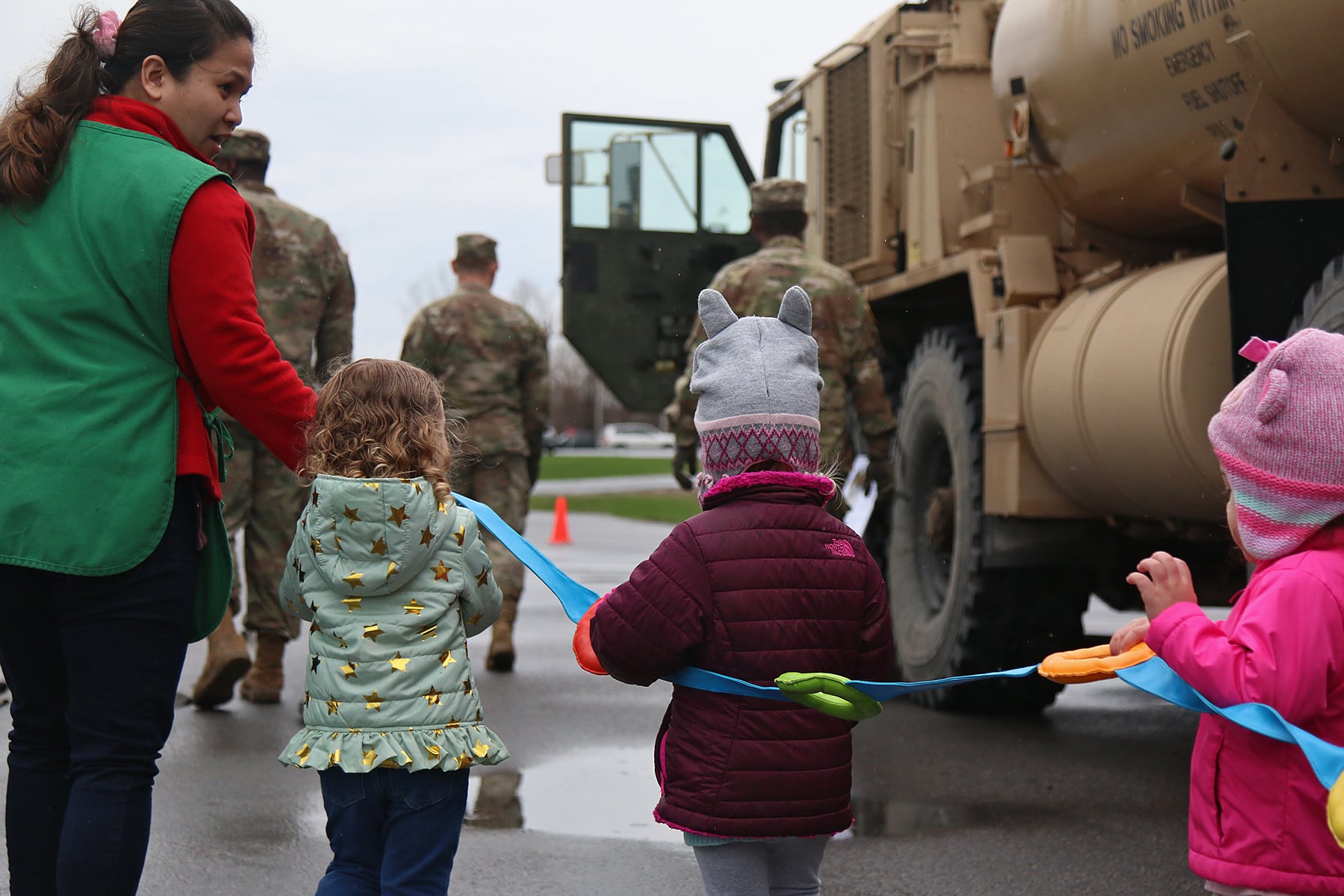When it comes to screening and testing military children for lead exposure, there’s no one at the helm to make sure it’s happening, according to a new report from government auditors.
And the auditors are questioning the accuracy of DoD’s report on the number of children who are screened and tested for lead exposure.
“Without oversight, [Defense Health Agency] cannot ensure that pediatric lead screening, testing, treatment and reporting are being implemented consistently” across all military treatment facilities, auditors with the Government Accountability Office said in their report released July 26.
In DoD’s 2021 report to Congress, officials reported that 30,412 children were screened for lead exposure; 12,044 children were tested for elevated blood lead levels; and 83 children had elevated blood lead levels for the eight-month period that was covered in the report. But that report was likely an “undercount,” auditors stated, because it didn’t include data from some military treatment facilities, and had incomplete data from others.
For years, military families have questioned whether the military was properly tracking and treating health issues related to military housing, including blood lead levels in their children.
“DoD needs to be on top of this,” said Kelly Hruska, government relations director for the National Military Family Association. “We’ve had far too many problems in military housing to let this slide. Checking the lead levels in military children is very important.
“We all need to draw that line to readiness,” Hruska added. “The service member’s head is not going to be on the mission if they’re worried their children are being exposed to lead-based paint.”
The most common source of lead exposure for children is in buildings built before 1978.
Lead-based paint exposure for children is just one issue lawmakers have tackled in response to numerous problems with the military’s privatized housing, ranging from mold to vermin.
The fiscal 2020 National Defense Authorization Act required DoD to establish guidelines for its military treatment facility providers on screening, testing and reporting blood lead levels in children; to provide the guidelines to its facility providers and submit a report to Congress on the number of children screened and found to have elevated blood lead levels.
There is no safe blood lead level in children, according to the Centers for Disease Control and Prevention. Lead exposure can cause serious health problems in children, such as brain damage, slowed development and growth, and learning and behavioral health problems. DoD has developed guidelines which adopt the CDC recommendations for lead screening and testing and DoD provided those guidelines to the military services in September 2021.
Screening and testing is important to detect the problem early and provide treatment. Recommendations for treatment vary based on the amount of lead found in the child’s blood.
RELATED

The GAO was tasked with reporting on the effectiveness of DoD’s pediatric lead processes.
They found that the Defense Health Agency doesn’t oversee providers’ adherence to the guidelines. DHA officials agreed with GAO’s recommendation that they develop a plan to oversee the military treatment facilities to make sure they’re following the guidelines related to pediatric lead screening, testing and reporting. The plan will include time frames.
Military service officials told GAO they previously relied on peer reviews as a method to ensure children were properly screened and tested for elevated lead levels. But these officials also said oversight is no longer their responsibility after the military treatment facility is under control of the DHA.
DoD is in the process of moving the MTFs from the authority of the military services to the authority of the DHA, and the full alignment of the MTFs under DHA will likely be finished in late 2023.
In March 2022, DHA officials told GAO they added specific lead-related questions to the mandatory pediatric intake forms in the new electronic health record, called MHS Genesis. That Genesis system is scheduled to be implemented in all MTFs by the end of fiscal year 2023, DHA officials told GAO.
DoD has developed guidelines for its military treatment facility providers regarding the pediatric lead processes. For example, DoD’s standardized pediatric lead screening questions include questions about whether the child lives in a “high lead risk ZIP code”; has a sibling or playmate who has had lead poisoning; lives in or visits a house or child care facility built before 1950; or lives in or visits a house or child care facility built before 1978 that has peeling and chipping paint or has been renovated or remodeled within the previous six months.
This risk assessment should be completed on children at the ages of six months, nine months, 12 months, 18 months and 24 months, and then annually through age six. DoD guidelines expect providers to identify children for risk of lead exposure, and test children for elevated blood lead levels, according to state or local health jurisdiction guidelines.
If they’re located in states and localities that don’t have formal pediatric lead testing requirements, MTF providers should refer to recommendations and guidelines from other professional organizations, such as the American Academy of Pediatrics.
Besides missing data, GAO also questioned the methodology DoD used to collect the data for the 2021 report to Congress.
“As a result, GAO could not determine the extent to which the data in the report were complete or if the data were accurate, and therefore reliable,” auditors stated. DoD officials told the auditors they couldn’t replicate the screening methods because they didn’t know all the criteria used to collect the data.
They also told auditors that DoD staff involved in compiling the data no longer work for DoD.
Karen has covered military families, quality of life and consumer issues for Military Times for more than 30 years, and is co-author of a chapter on media coverage of military families in the book "A Battle Plan for Supporting Military Families." She previously worked for newspapers in Guam, Norfolk, Jacksonville, Fla., and Athens, Ga.





